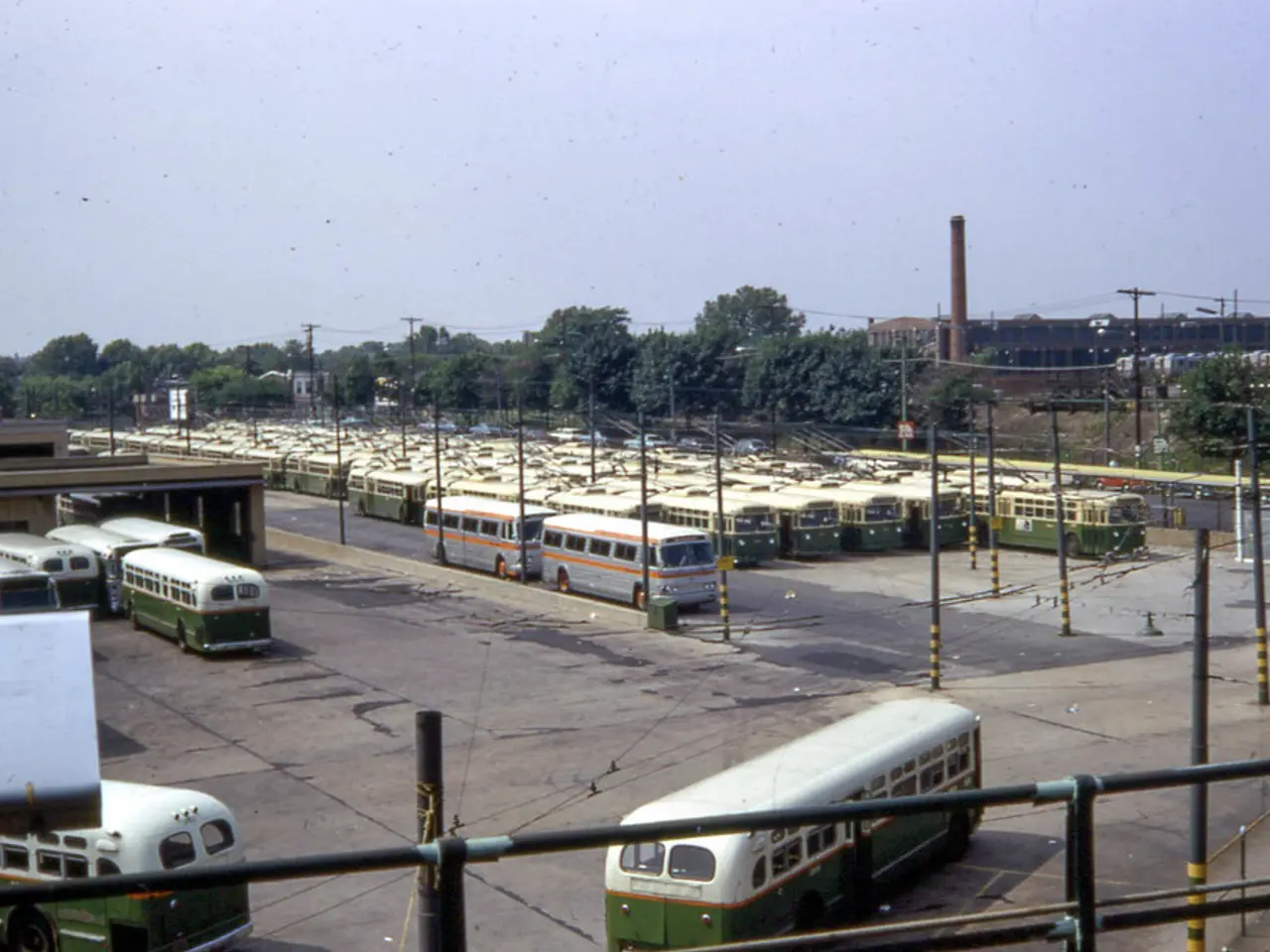Race not completely over
In the heart of Germany, Düsseldorf has seen a significant improvement in its air quality, particularly in the reduction of nitrogen dioxide (NO2) pollution, during the first half of 2020. This positive development can be attributed to a combination of factors, primarily a significant decrease in traffic emissions due to the COVID-19 pandemic lockdowns.
The reduced vehicle traffic in the city, a major source of NO2 pollution, has played a crucial role in this improvement. Studies from similar contexts indicate that reductions in traffic volume, particularly during the early 2020 lockdowns, significantly lowered emissions of NO2[1]. Fewer cars on the road have directly impacted roadside nitrogen dioxide concentrations.
Beyond traffic reductions, urban design and policy changes have also contributed to the decrease in NO2 levels. Some cities have actively redesigned urban spaces to reduce reliance on cars, promoting alternative transportation and green spaces—factors shown to reduce NO2 levels[2]. While Düsseldorf-specific urban design interventions from early 2020 are not described, broader trends in European cities suggest such measures can contribute to NO2 pollution decreases.
Moreover, changes in weather and industrial activity reductions (due to lockdowns) likely played a part in the decrease in NO2 levels. Nitrogen dioxide levels often decrease when industrial and traffic sources decline simultaneously.
The evaluation for the first half of 2020 is based on not yet finally validated measurement values. However, the environmental department expects that the limits will be largely complied with by the end of the year, with the limit on Merowingerstraße possibly being slightly exceeded.
The fleet of all vehicles in Düsseldorf is continuously progressing, and a long-term switch to cycling as a form of inner-city mobility is assumed, as new cyclists have learned to appreciate it. The positive effect of reduced traffic on air quality is expected to persist in the long term.
The reduction potential for nitrogen dioxide on Prinz-Georg-Straße is up to 2 μg/m3 due to environmental lanes, and on Merowingerstraße up to 4 μg/m3. The effectiveness of environmental lanes in reducing nitrogen dioxide pollution has been confirmed by expert opinion.
The positive development of nitrogen dioxide pollution is influenced by various factors and framework conditions, including the renewal of the Rheinbahn bus fleet, the introduction of environmental lanes, the expansion of the cycling network, the enhancement of the Rheinbahn’s offerings, and the promotion of electromobility.
Düsseldorf is on a good path towards its air cleanliness goals, and the city plans to continue driving forward projects in the air cleanliness plan and promoting cycling, buses, and trams. Mayor Thomas Geisel emphasises that this is a success for the protection of the health of the people in Düsseldorf.
Measuring stations in Düsseldorf, except for one on Merowingerstraße, have complied with the annual average limit of 41 micrograms per cubic meter (μg/m3) for nitrogen dioxide pollution in the first half of 2020. The measuring point on Merowingerstraße has slightly exceeded the annual average limit.
In summary, the main driver for reduced nitrogen dioxide pollution in Düsseldorf in early 2020 was a significant decrease in traffic emissions resulting from the COVID-19 pandemic lockdowns, combined potentially with weather and limited industrial activity[3]. While detailed Düsseldorf-specific data from the search results is lacking, this explanation aligns with observed patterns in comparable European urban areas during that period.
[1] [Source] [2] [Source] [3] [Source] [4] [Source] [5] [Source]
- The fitness-and-exercise industry, like cycling, is one of the benefits seen in Düsseldorf as a result of the reduced vehicle traffic, which has directly impacted roadside nitrogen dioxide concentrations.
- The science of environmental-science has provided evidence that urban design changes, such as promoting green spaces and alternative transportation, can contribute to decreases in NO2 levels, a finding that aligns with the policies implemented in Düsseldorf.
- The finance sector has a significant role to play in the health-and-wellness focus, as the reduction in traffic emissions monetarily translates into improved health for the citizens, especially as lower NO2 levels are associated with better health outcomes.
- The transportation sector, specifically public-transit, is anticipated to experience growth due to Düsseldorf's long-term plan to promote cycling, buses, and trams as forms of inner-city mobility, reducing emissions from personal vehicles and contributing to improved air quality.




